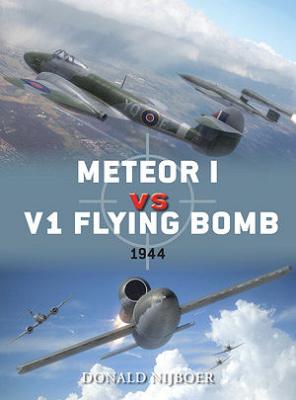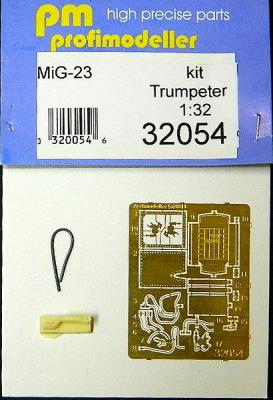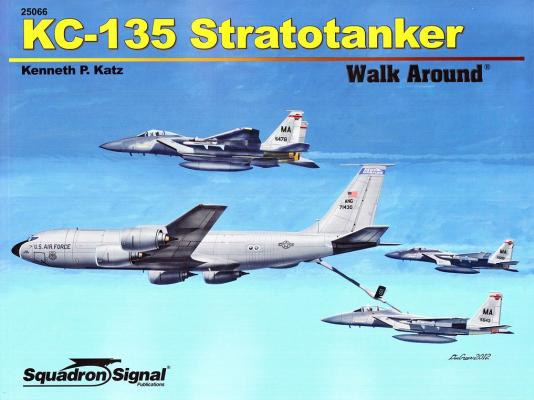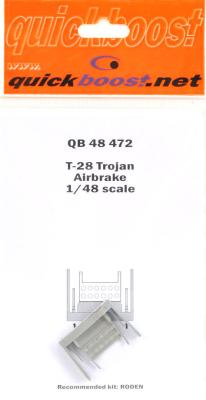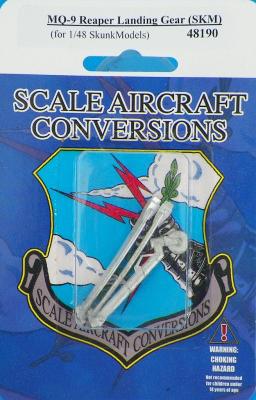History
During World War II, a total of 10,500 V-1 missiles were launched against Britain, of which over 3,900 were destroyed by air and ground defenses. Overall, the attack and subsequent damage could have been much worse, for by the end of the war the Germans had manufactured close to 32,000 flying bombs. The Allied defenses put forward to guard against the V-1 included 23,000 men and women with aircraft, guns, radar, and communications networks installed on coastal sites.
The average speed the V-1 was 350 mph and their average altitude was 3,000 to 4,000 ft. Fighter aircraft required excellent low altitude performance to intercept them and enough firepower to ensure that they were destroyed in the air rather than crash and detonate. Most aircraft were too slow to catch a V-1 unless they had a height advantage, allowing them to gain speed by diving on their target.











